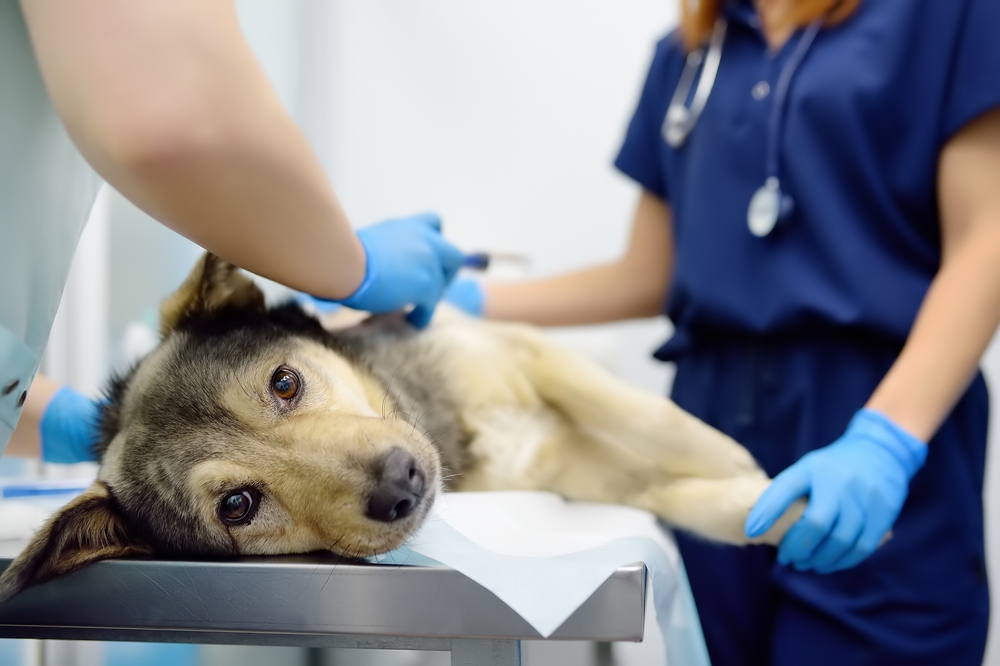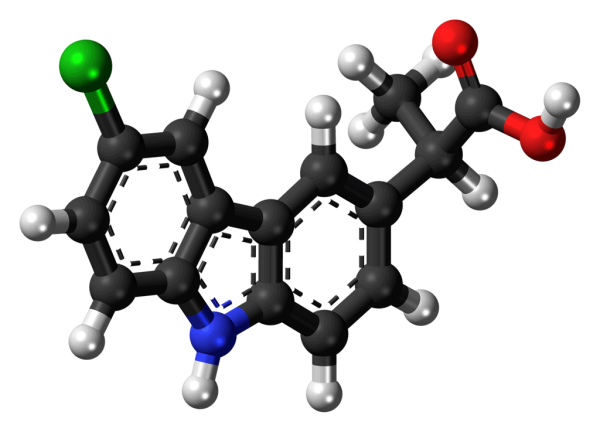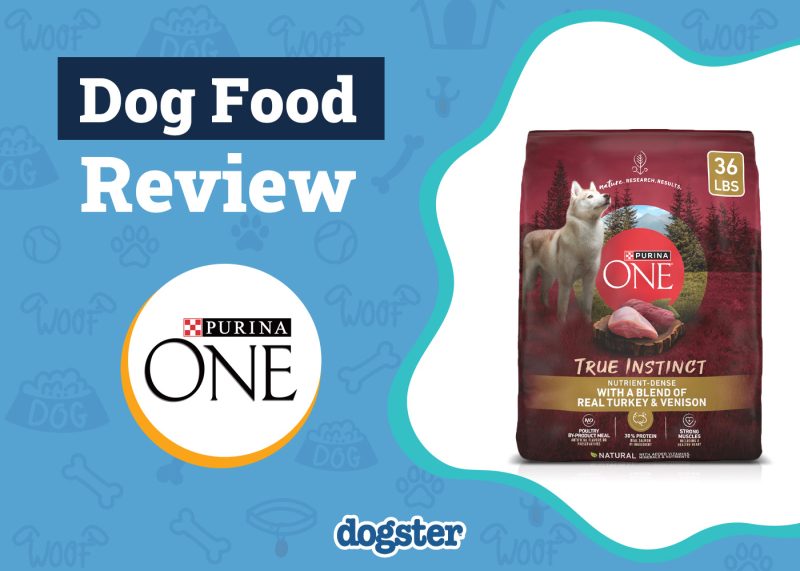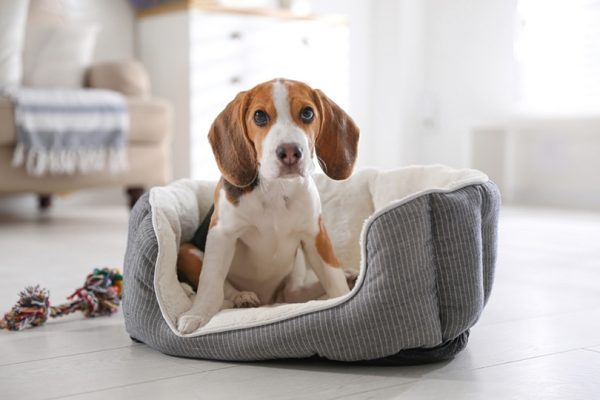In this article
View 3 More +People recognized the importance of dulling pain and controlling a patient’s reaction to various medical procedures as far back as in the writings of the Greek physician Hippocrates. He lived between 460–375 BC. It’s an amazing feat when you consider that veterinary anesthesia began in 1847. The concept may not be complex, but the way to do it remained elusive until scientists broke the code. The challenge was to put a patient under and bring them back with minimal risk. While sedation and anesthesia may seem similar, the two processes are vastly different with particular applications.

At a Glance

- Used in short procedures
- Administered via injection
- Relatively affordable
- Additional tests on a case-by-case basis
- Patient more conscious and mobile
- Used in operations and longer procedures
- Usually achieved via injection and the delivery of gas through a breathing tube
- More expensive
- Additional pre-anesthetic testing recommended
- Controlled unconsciousness, patient immobilized
 Overview of Sedation:
Overview of Sedation:
Sedating for procedures that can cause pain or anxiety is a kindness to the animals. Sedation also allows techs and veterinarians to work without fear of being bit or scratched by an animal. For example, a dog may tolerate a physical examination without much fuss, particularly if the owner has gotten the animal used to being handled and touched. However, it might be a different story with an X-ray or ultrasound. That’s where sedation comes to the rescue.
Under sedation, a vet can position the animal optimally for imaging while being able to do the necessary prep, such as shaving the pet’s belly. It also allows vets to examine dogs, which would otherwise be too anxious or aggressive to tolerate handling. It’s a godsend for the industry. However, it’s not limited to veterinary services. Some pups even require sedation to be groomed.
One main feature of sedation is that it’s usually short. Your dog can get the equivalent of an outpatient procedure done, for example, without hospitalizing them.

How It Works
Sedation is initiated with particular drugs delivered via injection into the vein, muscle, or under the skin. The result is putting the animal in a relaxed and calm state to carry out specific procedures. Veterinarians can choose different medications based on the pet’s medical history and the level of sedation needed (light, moderate, or heavy). It isn’t without its risks, including allergic reactions to the drugs. Nevertheless, it’s like the dog is in an altered state and more likely to be unresponsive to what’s happening to them.
You may be able to stay in the room when your dog is sedated. The animal’s response is usually swift. The time your pup is under is relatively short, although it may seem like a lifetime for you. Therein lies its value. Your vet can opt to use it for a broad spectrum of procedures, from changing dressings to removing stitches to imaging. Much depends on the dog and their temperament.

How It’s Used
We mentioned using sedation for short procedures. It opens up more treatment options for veterinarians by keeping some things on the table. Your vet can use different tests that wouldn’t be possible with an aggressive animal. That can give your vet more information to make better treatment choices. It’s also more affordable than a full-blown anesthesia.
- Relatively easy to implement
- A more affordable option for clients
- Not appropriate for all procedures
 Overview of Anesthesia:
Overview of Anesthesia:
Anesthesia takes sedation to the next level. It takes several concerns off the table, such as the procedure’s length, the degree of invasiveness, and the pain perception. With anesthesia, your dog is immobilized and unconscious and can be under for longer than with sedation. The gas can be delivered continuously at a steady rate until the procedure is complete. It puts your vet in full control of the treatment, and your dog feels no pain while they are under.
Anesthesia isn’t like sleep. It’s more likely to be described as the management of unconsciousness, which your vet and their team control. There are many benefits.

How It Works
Your vet will give your dog an American Society of Anesthesiologists (ASA) rating before anesthesia. Its purpose is to assess the dog’s health risk. The mortality rate is relatively low because of tests like this one. It’s a comfort to pet owners when faced with a difficult decision that has dire consequences. Considerations about anesthesia must take into account the dog’s age and health status.
Both sedation and anesthesia require monitoring the dog because of the respiratory and cardiovascular health risks. However, it’s even more important with anesthesia since it must continue the whole time the animal is anesthetized. That continues as the dog wakes up, which explains why you must leave your dog with the vet. The recovery varies with the animal, but it can take several hours before your pooch is back to normal.
How It’s Used
The best thing about anesthesia is that it gives vets a proverbial blank slate. They can perform invasive procedures and take the time they need to complete them fully and safely. Many life-saving procedures wouldn’t be possible without it. It must be a consideration if your dog is in such a situation. The other thing you must think about is the cost. Anesthesia is costlier than sedation but in many cases, it is a better choice.

- Used with long and invasive procedures
- Complete control of the animal
- Higher cost
- Longer time to recovery
 Other Factors to Consider
Other Factors to Consider
Your vet is the ultimate decision-maker. The reason for considering one or the other depends on which is more appropriate. Sedation may be the best option for short procedures, making anesthesia overkill and unnecessary. The individual situation will determine which your vet decides to use.
The Perception of Pain
Understandably, the perception of pain is an overriding concern for pet owners. We want our dogs to get better, but we don’t want them to suffer. An animal must be awake and conscious to perceive pain. A sedated dog is in a more drowsy state or deep sleep, but there is a limit to what can be done to them. An anesthetized dog doesn’t feel these sensations at all. This could be essential, given what your vet may need to do.

Risk Factors
Sedation and anesthesia both carry risks. Depending on your dog’s health, the length of the procedure, and the level of sedation needed, one or the other may be safer. You should discuss risks and any concerns you have with your vet prior to the procedure.
Cost
While monitoring happens with both, anesthesia is far more expensive because of this, as well as the specialized equipment needed. For pet owners, an unexpected expense can lead to financial hardship. Rest assured, your vet has this intel in mind. That makes sedation a blessing if it’s an option. Notably, it’s often covered in pet insurance, making it something to consider when getting a dog.
 Conclusion
Conclusion
Sedation and anesthesia offer different solutions for a common dilemma: How to manage a dog when dealing with difficult procedures. Sedation is an excellent choice for quick things like changing wound dressings, as it keeps the dog still to make the task quick and efficient. Meanwhile, anesthesia lets vets operate on your pup for more invasive procedures, such as desexing. It’s sometimes a safer option and is often necessary for certain procedures and operations to be performed.
Featured Image Credit: Serhii Bobyk, Shutterstock

 Overview of Sedation:
Overview of Sedation:
















